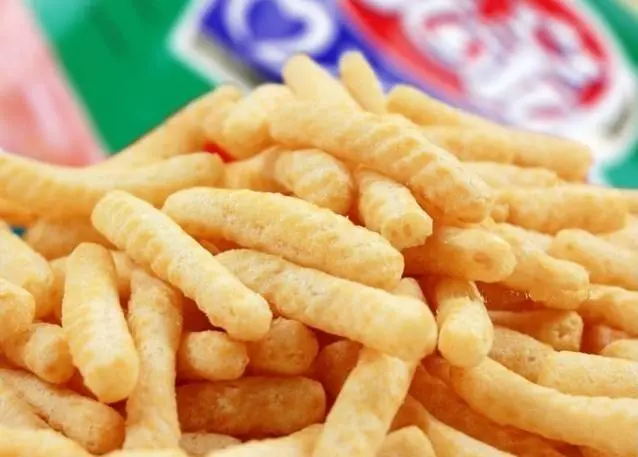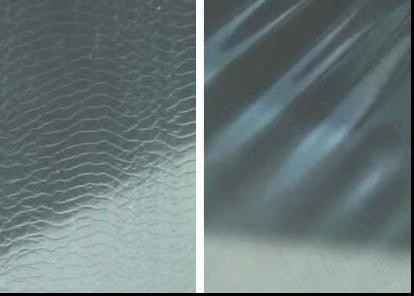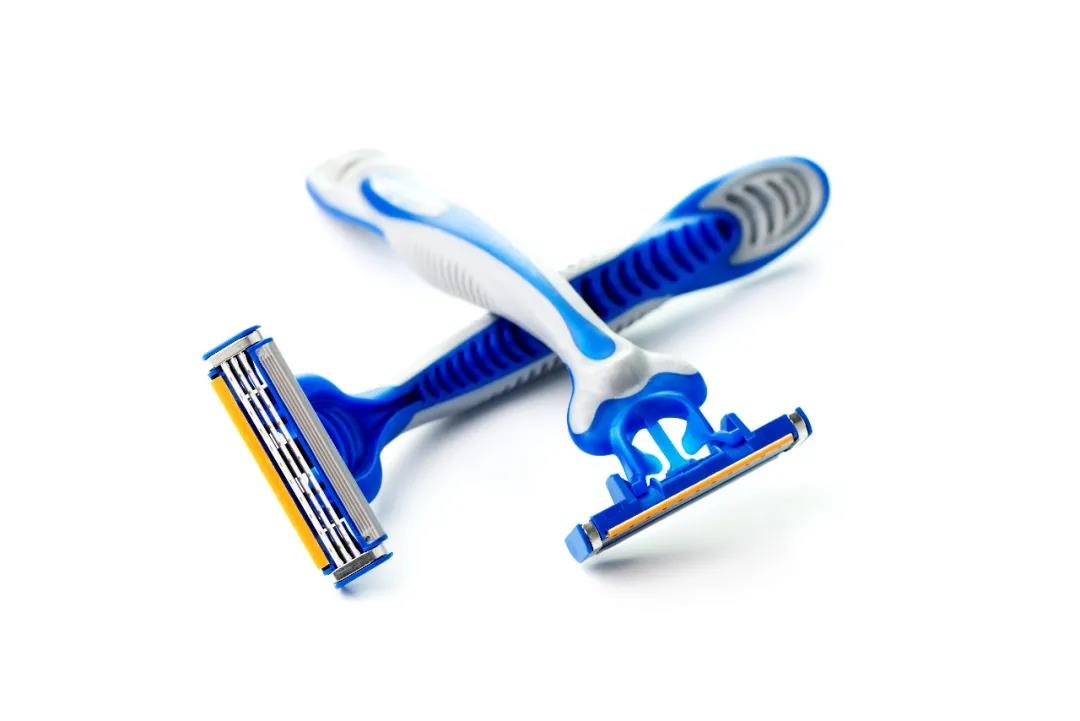
What is the difference between thermoplastic elastomer and liquid silicone rubber?
- Updated on October 5, 2021
Product designers and manufacturers in more and more industries choose thermoplastic elastomers (TPE) and liquid silicone rubber (LSR) to replace natural rubber. How to make a suitable choice between TPE and LSR to realize the ideal product in a more cost-effective way?
We start from three aspects: design, production and performance, and compares TPE and LSR from multiple dimensions. Let us find out together!
First of all, let us get to know these two materials!
Thermoplastic elastomers (TPE) are a series of rubber-like materials that can be melt-processed repeatedly. They soften when given enough heat and then harden again after cooling.
Liquid silicone rubber (LSR) is a liquid product based on silicone resin, which forms a fixed shape after being heated and vulcanized.
In short, TPE is a thermoplastic polymer material, and LSR is a thermosetting polymer material.
Now let's compare these two from three aspects:
Design
Touch, color, and shape are important factors that need to be considered in design and research and development, so that the product can not only meet the aesthetic requirements, but also be comfortable to grip and easy to shape, so that it can stand out from many competing products:
Touch
TPE can make the surface of the product have different touches such as silky smooth, slightly sticky or easy to grasp; LSR has a dry, smooth, soft, elastic and other skin-like touch. LSR can reflect the fine surface texture better than TPE.
Color
Both TPE and LSR can provide full-spectrum color options to achieve transparent, translucent and opaque colors. LSR can prevent dust adsorption and is suitable for wearable devices. And TPE can achieve a variety of color effects, including multiple effects such as metallic, pearlescent, wood texture, and marble.
Shape
LSR is easy to flow into molds with different wall thicknesses, and can fill longer and thinner parts of the mold. Although TPE can reduce material viscosity when processed at high shear rates, TPE must be "squeezed" into the mold before it can be completely filled, especially for formulations with a hardness greater than 50A Shore. When using TPE to design parts, try to keep the part wall thickness uniform and avoid sharp corners.

Production
Product design and research and development also need to consider the cost of raw materials, process flow and comprehensive production costs to balance cost-effectiveness and improve competitiveness:
Raw Material Cost
Generally, the unit cost of LSR and other engineering elastomers is higher than that of standard elastomers, and the specific gravity of LSR is 20% higher than that of TPE (±1.12g/cm³ vs. ±0.89g/cm³). When the product application requires materials that are not easy to soften under continuous high temperature, LSR is the appropriate choice. However, TPE has more advantages than LSR in recycling and reprocessing, and it is more environmentally friendly and economical.
Overmolding
Since LSR needs to be cured at high temperature, the overmolded substrate needs to be a high-temperature resistant thermoplastic material, or use primers and adhesives for surface treatment to coat the LSR on the substrate. TPE products do not require primers or adhesives, and can be firmly bonded to the thermoplastic substrate through direct overmolding.
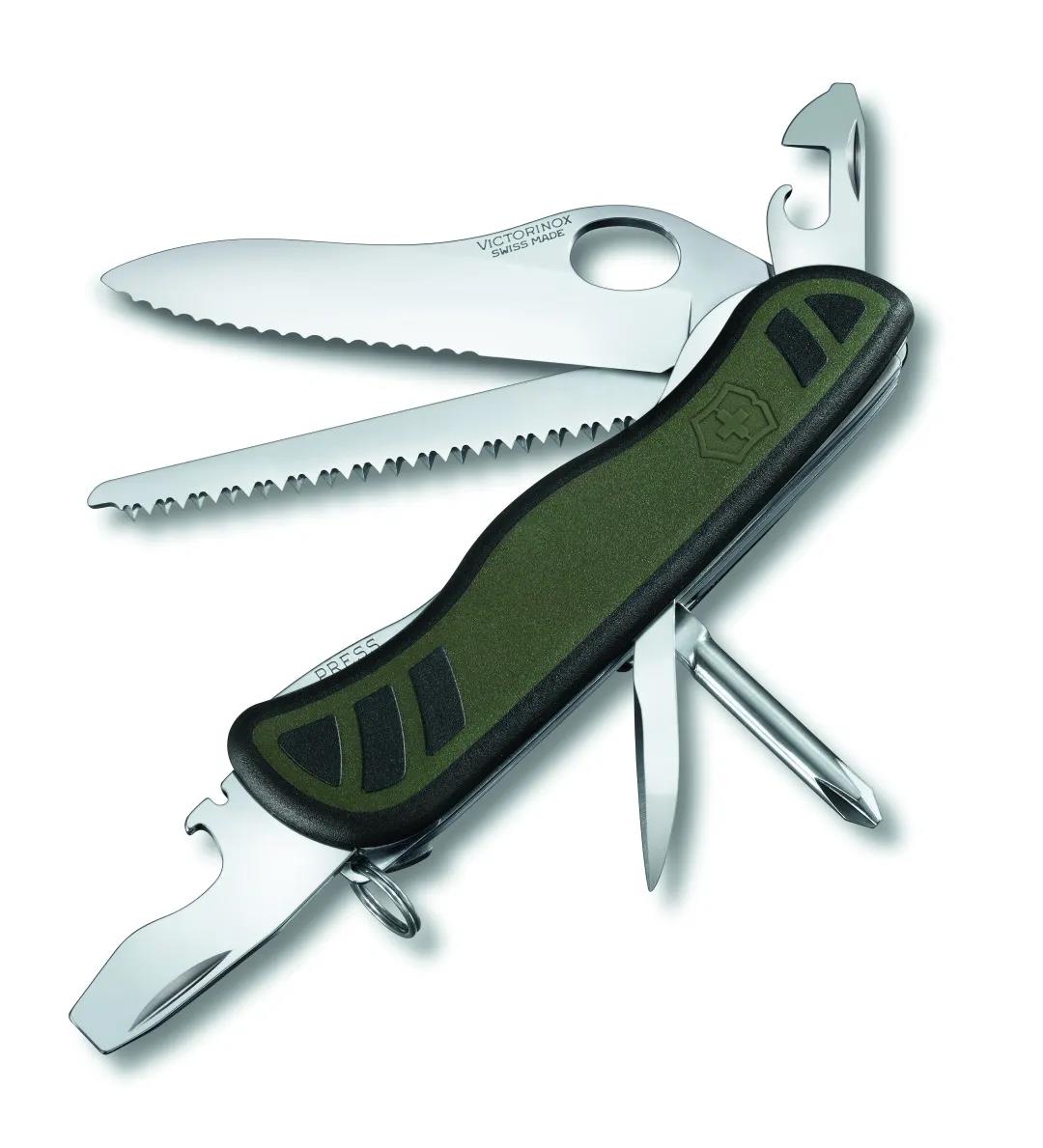
Mold Cost
Molds used to manufacture LSR parts require higher precision and expertise than those used to manufacture TPE parts to avoid flash. In addition, the mold needs to have a precise exhaust design or vacuum so that the gas generated during the chemical vulcanization process can be exhausted in time. TPE processing uses conventional in-line single-screw injection molding equipment in the industry, which makes the technical design of products and molds more flexible.
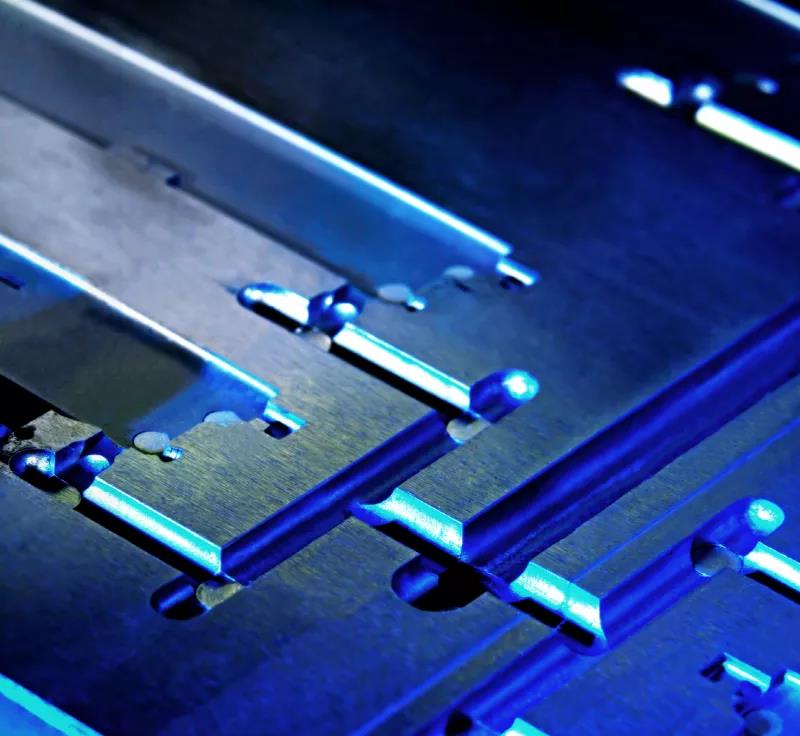
Cycle Time
TPE has a faster cooling time and does not require secondary processing or vulcanization, which can improve the efficiency of production. LSR's products require post-curing treatment, which is shaped in a high temperature environment and maintained for a certain period of time to achieve the final design result. However, based on the size of the parts, the low viscosity of LSR can realize the injection filling of a multi-cavity mold, which greatly compensates for the shortcomings in production efficiency.

Performance
Chemical Resistance
LSR is resistant to cleaning and disinfection chemicals, but not to concentrated solvents (gasoline, mineral alcohol) and acids (sulfuric acid, carbonic acid, citric acid). TPE can withstand a variety of chemicals, and different formulations can withstand different chemicals.
Heat Resistance
LSR can withstand continuous high temperatures exceeding 200 degrees Celsius, and is suitable for cauterizing instruments or any equipment isolation plates exposed to repeated high temperature sterilization environments. It is an excellent choice for the medical industry. Some medical grade TPE can be sterilized under high-pressure steam at a maximum temperature of 135 degrees Celsius for 15 minutes, but most TPEs are easy to soften at extremely high temperatures due to their inherent thermoplasticity. At room temperature, the compression set performance of LSR and TPE are equivalent. Under the condition of compression load, as the temperature rises, LSR has better compression resilience, such as the sealing of dishwashers.

Barrier Performance
TPE has excellent air and moisture barrier properties, which can effectively prevent microorganisms and pathogens. It is suitable for disposable gloves, intravenous infusion bags, beer metal bottle cap gaskets and other applications. Silicone itself is a breathable material, suitable for applications such as wound coverings and contact lenses.
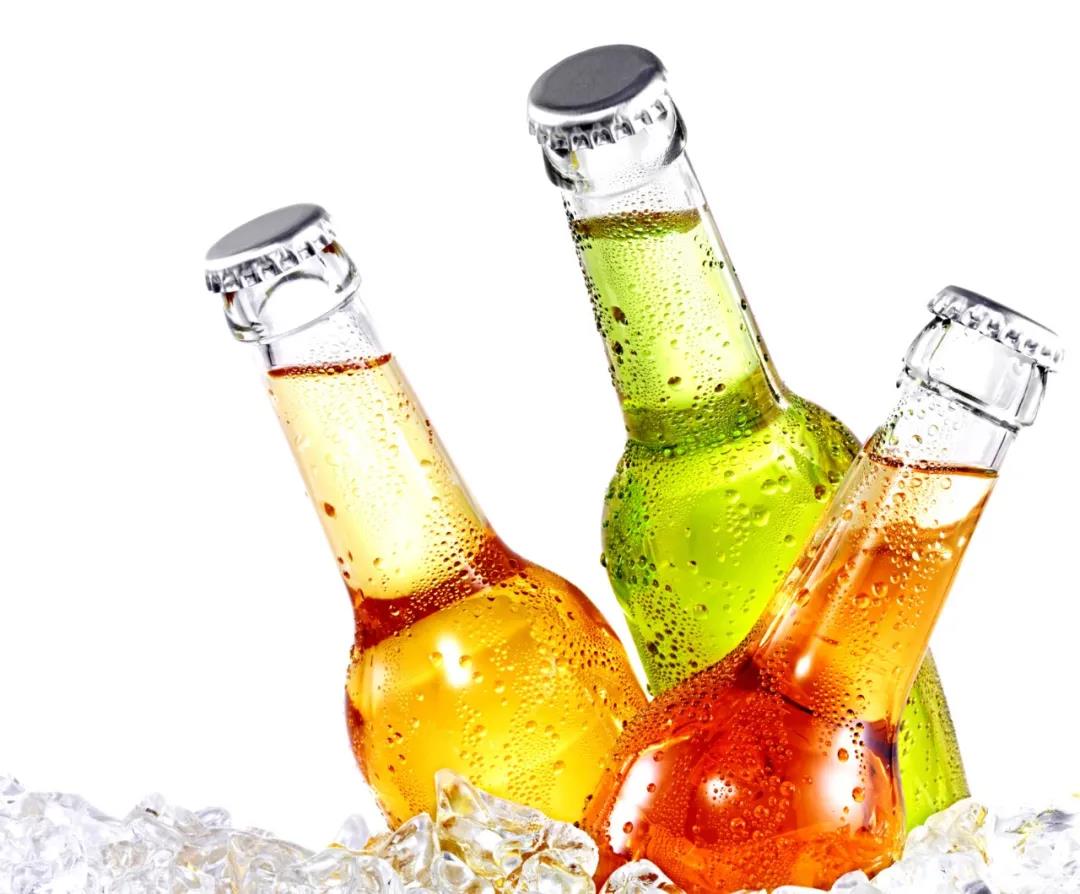
Tearing Resistance
The tear strength and tensile strength of LSR are relatively low, and even a small crack may cause product performance problems. And TPE can meet the high tear strength required by products such as diapers and sports elastic bands.
Anti-ultraviolet
LSR itself has excellent anti-ultraviolet properties, and TPE can also resist the negative effects of ultraviolet rays with the help of ultraviolet stabilizers.
Biocompatibility
LSR has excellent biocompatibility and purity, and is suitable for medical devices and FDA III and USP VI implant products (including catheters, gastric feeding tubes, heart valves and stents, etc.). The biocompatibility of medical-grade TPE is comparable to that of LSR, but in some cases, the production cost of TPE is lower and it is an economical alternative to many disposable and drug delivery products.

Leave us a comment below for a further discussion or contact us for further clarification.

